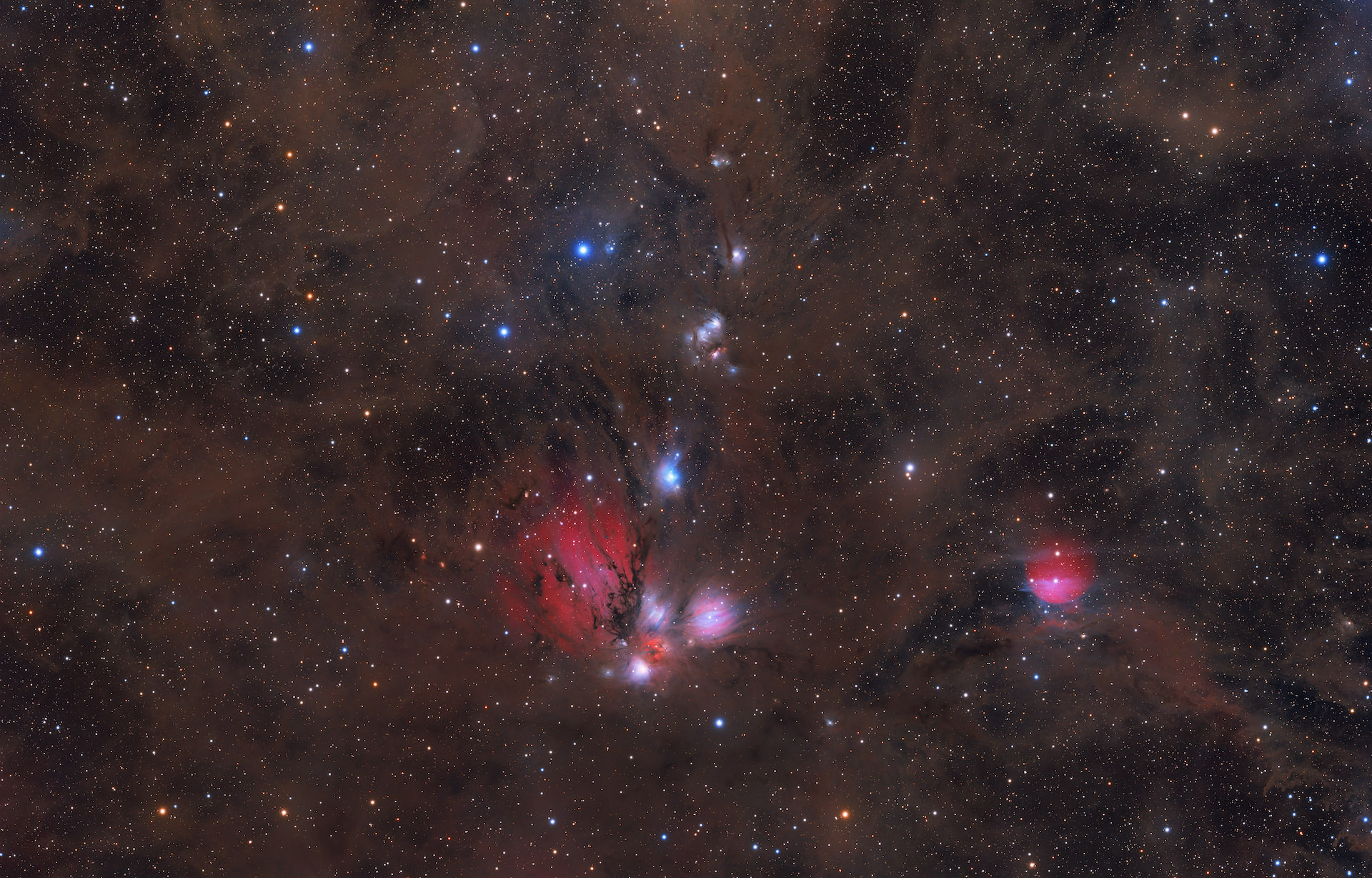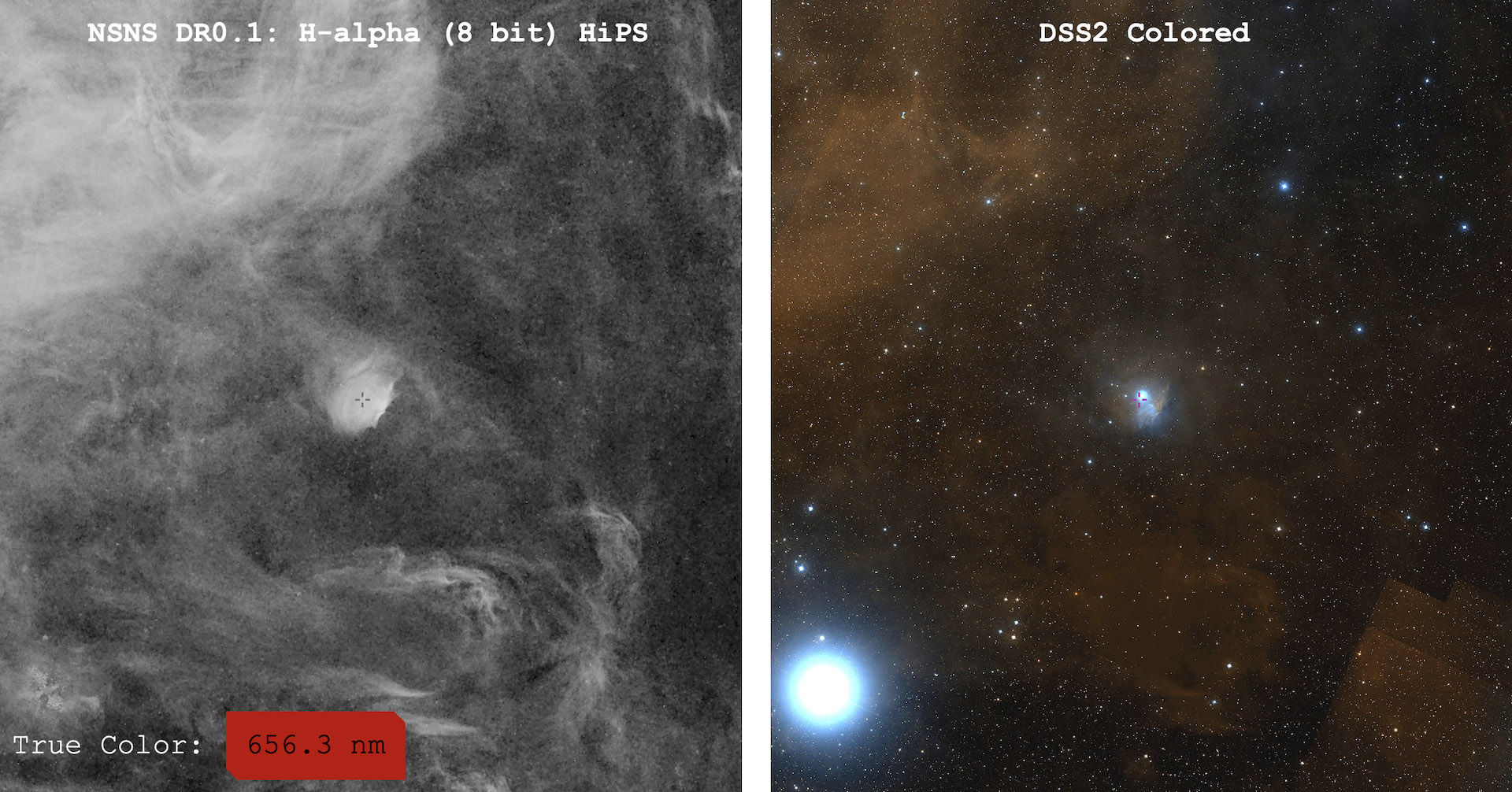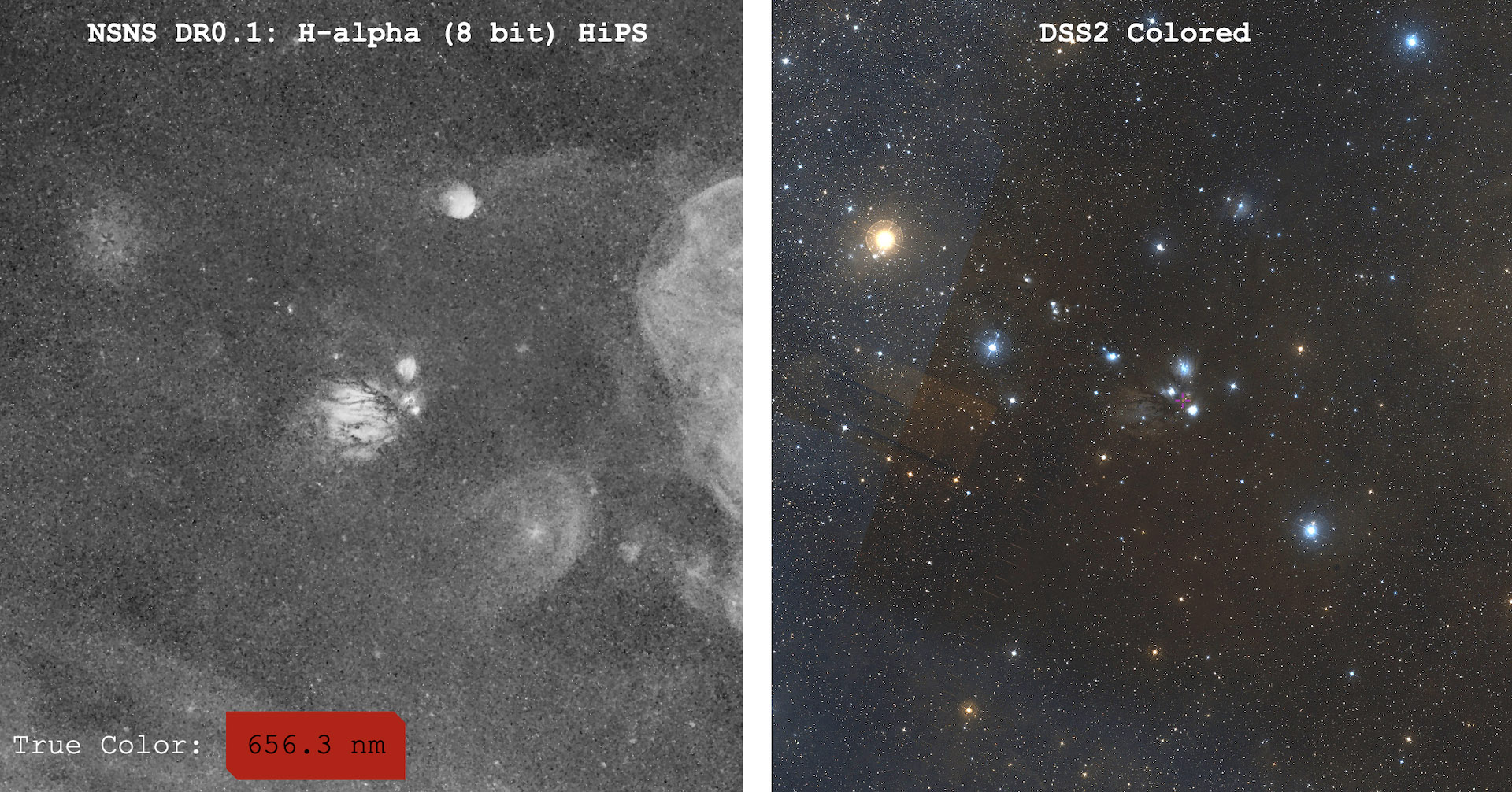By Jett Peters
Winter is right on the horizon, both in a metaphoric, astronomical sense and a physical one. To take advantage of what the season has to offer for imagers, it’s advisable to have a plan for which targets to prioritize, along with an idea of how much time each will require. With this in mind, in this blog I will present some targets that are sometimes overlooked and provide commentary on their structure, as well as on what equipment is best suited to the task. As we are all aware, astrophotography is a highly subjective pursuit; a target that appeals to some may not appeal to others. Taking this into account, the main purpose here is to highlight some unique factors that can set an image apart. Targets like M42, the Horsehead, Rosette, California, Witch’s Head, M78, and many more are imaged countless times over the winter, as they are bright and popular among the amateur community. However, go one step fainter and more obscure, and the targets become even more fascinating.

- NGC 2359 – Thor’s Helmet Nebula
Located at RA 07:18:30.00 and Dec -13:13:36.1, Thor’s Helmet is an HII region like no other. Residing in the constellation Canis Major, beneath the Seagull Nebula, it presents a unique opportunity for imagers using either long- or short-focal-length telescopes. The region gets its name from its eccentric structure, consisting of a central glowing sphere surrounded by sharp offshoots. The central sphere and the nebula’s diffuse outermost regions are primarily OIII emission. If you are shooting in broadband, these will appear in the blue and green filters. The sharp exterior filamentary structures are primarily Ha emission. This target requires a significant amount of time to create a truly special image. However, there is no real need to capture a large amount of broadband data. For this target, it is best to focus on Ha during periods of higher moon illumination and OIII during lower moon illumination. RGB will only be necessary for adding natural-looking stars to the image.
For those with a narrow field of view, the target will dominate the frame, revealing the region’s incredibly fine detail. With a wide field of view, the target will appear suspended in a sea of Ha emission. While it admittedly requires a considerable amount of integration time to resolve well, the background near Thor’s Helmet is composed mostly of ionized hydrogen. The structure of the nebula, in combination with the surrounding background, can be seen in the figure below, which uses images from the NSNS Sky Survey.

Survey Reference (NSNS OIII and Ha)
- Sh2-263 – Raspberry Nebula
Sharpless 263, or the Raspberry Nebula, may be the most underappreciated nebula in the northern sky. It lies in Orion at RA 05:21:44.70 and Dec +08:23:57.0, directly adjacent to the Lambda Orionis Ring, which is the large circular HII region at the top of the constellation. Its structure is roughly spherical, with bright Ha emission and intense broadband blue emission. In addition, the background is filled with dust and subtle Ha emission that provide contrast to the bright red and blue regions of the nebula itself. The Raspberry Nebula is truly composite in nature, as the blue emission seen in broadband, as you might expect, is actually a reflection nebula classified as vdB 38. To best take advantage of what this target has to offer, it is necessary to capture both Ha and LRGB data. During periods when the Moon is down, prioritize LRGB imaging; during brighter lunar phases, focus on Ha.

Survey Reference (NSNS Ha and DSS2)
- NGC 2170 – Angel Nebula
NGC 1270, or the Angel Nebula, is somewhat overlooked, perhaps for good reason. It is a true challenge among the host of astronomical targets. The main structure lies at RA 06:08:01.05 and Dec -06:25:50.4, and to be precise, it is important to mention that the Angel Nebula is really more than just NGC 1270. The main structure contains a multitude of reflection and emission components. Furthermore, to fully reveal what makes the Angel so special, it is often advisable to include NGC 2182, NGC 2183, NGC 2185, and vdB 74 in the image. These are a series of smaller nebulae that trail behind the main structure. While the central structure of the nebula, along with the smaller nebulae mentioned above, are relatively bright, the outer regions and surrounding dust that connect everything together are extremely faint. This makes imaging with a narrow field of view, focused only on the center, a substantially easier task than capturing the entire region and its surrounding dust. For those attempting a full-field image, prepare for a challenge both in imaging and processing.
The nebula lies along the geostationary satellite belt, and every exposure longer than about three minutes will contain multiple satellite trails in nearly the same location. This can cause issues with pixel-rejection algorithms such as those used in WBPP in PixInsight, which may not fully remove the trails unless relatively short exposures are used. Three-minute (180s) LRGB images are a good starting point, and with a sufficient number of subframes, the satellites can be successfully rejected. If you are imaging with a wide field of view, expect to spend a substantial amount of time collecting both LRGB and Ha data. While the region is primarily broadband in nature, as seen in the survey references below, there is a significant amount of ionized hydrogen in the central structure that is important to include. For those imaging the target close up, less total time is needed, though Ha and LRGB data are still essential.

Survey Reference (NSNS Ha and DSS2)
- Barnard 3 and LBN 749
Much like NGC 1270, which we just discussed, Barnard 3 and LBN 749 are members of a larger complex. The region is located at roughly RA 03:39:39.99 and Dec +31:59:11.8, and is part of the Perseus Molecular Cloud. It is characterized by strong hydrogen emission, which sets it apart from the rest of the surrounding material. The structure resembles other composite regions, with ionized hydrogen nestled within blue-tinted reflection nebulae and brown dust. Similar to the Raspberry Nebula, the blue color along the edge of the hydrogen is purely broadband, so there is no need to capture any oxygen data for this target. To obtain the best possible image of Barnard 3 and LBN 749, it is recommended to collect large quantities of both LRGB and Ha data. The survey reference can be seen below. As shown in the DSS2 image, Omicron Persei is within the frame, which may present some challenges during processing.

Survey Reference (NSNS Ha and DSS2)
